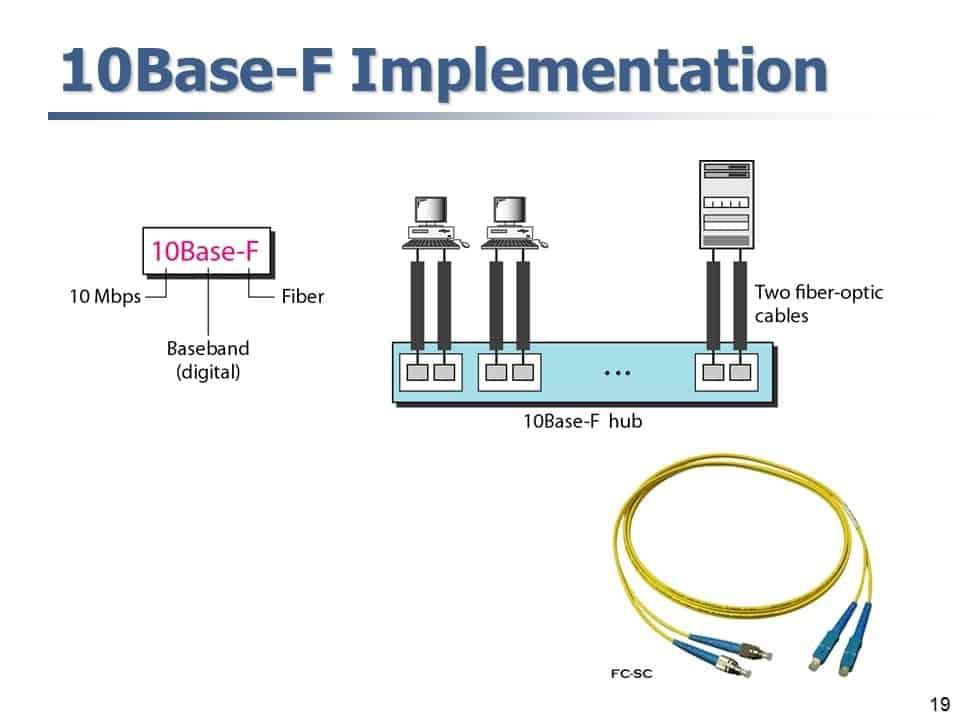Ethernet
Ethernet, or Ethernet, is a LAN networking specification developed by Xerox, Digital Equipment and Intel. It was first published in the early 1980s and called DIX1.0. Modified in 1982 The later version is DIX2.0. The three companies submitted this specification to the IEEE (Institute of Electrical and Electronic Engineers) 802 committee. After the revision and approval of IEEE members, it became an official standard of IEEE, and the number was IEEE802.3. Although there are many differences between Ethernet and IEEE802.3, the term Ethernet is generally considered to be compatible with 802.3. IEEE submitted the 802.3 standard to the First Joint Technical Committee (JTC1) of the International Organization for Standardization (ISO), which was revised to become the international standard ISO8802.3.
Ethernet. Refers to the baseband LAN specification created by Xerox and jointly developed by Xerox, Intel and DEC. The Ethernet network uses CSMA/CD (Carrier Sense Multiple Access and Collision Detection Technology) technology, and runs on multiple types of cables at a rate of 10M/S. Ethernet is similar to the IEEE802·3 series of standards.
It is not a specific network, but a technical specification.
Ethernet is the most common communication protocol standard adopted by existing local area networks today. This standard defines the cable types and signal processing methods used in local area networks (LANs). Ethernet transmits information packets between interconnected devices at a rate of 10 to 100 Mbps. Twisted-pair cable 10BaseT Ethernet has become the most widely used Ethernet technology due to its low cost, high reliability, and 10 Mbps rate. The direct-expanded wireless Ethernet can reach 11Mbps, and the products provided by many manufacturers can use common software protocols for communication, and the openness is the best.
Connection
Topology structure
Bus type: less cables required, low price, high management cost, not easy to isolate fault points, use shared access Mechanism, easy to cause network congestion. In the early days of Ethernet, the bus-type topology was mostly used, coaxial cable was used as the transmission medium, and the connection was simple. Usually, special network equipment was not needed in small-scale networks. However, due to its inherent defects, it has gradually been used as hubs and The switch is replaced by the core star network.

Star type: easy to manage, easy to expand, need dedicated network equipment as the core node of the network, need more network cables, and have high requirements for the reliability of the core equipment. Using dedicated network equipment (such as hubs or switches) as the core node, each host in the local area network is connected to the core node through a twisted pair, which forms a star structure. Although the star network requires more cables than the bus type, the wiring and connectors are cheaper than the bus type. In addition, the star topology can easily expand the network to a large scale through cascading, so it has been widely used and adopted by most Ethernets.
Transmission media
Ethernet can use a variety of connection media, including coaxial cable, twisted pair and optical fiber. Among them, twisted pair cables are mostly used for connections from hosts to hubs or switches, while optical fibers are mainly used for cascading between switches and point-to-point links between switches and routers. Coaxial cable, as the main connection medium in the early days, has gradually become obsolete.
Working mode of the interface
The Ethernet card can work in two modes: half-duplex and full-duplex.
Half-duplex: Half-duplex transmission mode realizes Ethernet carrier monitoring multiple access conflict detection. The traditional shared LAN works under half-duplex, and can only transmit data in a single direction at the same time. When data in two directions are transmitted at the same time, conflicts will occur, which will reduce the efficiency of Ethernet.
Full-duplex: Full-duplex transmission is a point-to-point connection. This arrangement has no conflict, because they use two separate lines in the twisted pair, which is equivalent to increasing the bandwidth without installing a new medium . For example, a parallel railroad track is added between the stations in the above example, and two trains can pass in both directions at the same time. In the duplex mode, the collision detection circuit is not available, so each duplex connection uses only one port for point-to-point connection. The transmission efficiency of standard Ethernet can reach a bandwidth of 50% to 60%. Duplex provides 100% efficiency in both directions.
Working principle
Ethernet uses the carrier frame listening multiple access (CSMA/CD) mechanism with collision detection. All nodes in the Ethernet can see all the information sent in the network. Therefore, we say that the Ethernet is a broadcast network. The working process of the Ethernet is as follows:
When a host in the Ethernet wants to transmit data, it will proceed as follows:
1. Whether there is reception on the frame listening channel The signal is transmitting. If there is, it indicates that the channel is busy, and continue to frame listening until the channel is free.
2. If there is no frame to hear any signal, then transmit data
3. Continue frame listening during transmission. If conflicts are found, the backoff algorithm will be executed. After a period of random waiting, Re-execute step 1 (when a conflict occurs, the computer involved in the conflict will send a congestion sequence to warn all nodes)
4. If no conflict is found, the transmission is successful, and the computer will return to the frame listening channel Status.
Note: Each computer is only allowed to send one packet at a time. All computers must wait 9.6 microseconds (operating at 10Mbps) after the last transmission before attempting to send data again.
